Jasmine Plant 12″ Height – Fragrant White Flowers – 3.5″ Pot
Original price was: $44.99.$28.99Current price is: $28.99.
Enhance your space with this Jasmine Plant. Features fragrant white flowers and is perfect for indoor or outdoor settings. 12″ height, 3.5″ pot. Ships bare-root to CA.
Estimated arrival
Dec 15
Dec 20 - Dec 22
Dec 25 - Dec 29
Reasonable Price
We offer reasonable price

Support 24/7
Contact us 24 hrs a day

100% Money Back
You've 30 days to Return

Payment Secure
100% secure payment
Jasmine Plant – Fragrant Beauty for Your Home
The Jasmine Plant 12″ height is a beautiful and fragrant addition to any indoor or outdoor space. Also known as Sambac Jasmine, this versatile plant produces exquisite white, aromatic flowers that can bloom throughout the year under optimal conditions. Its sweet fragrance adds a touch of serenity to your home or garden. The Jasmine Plant is a popular choice for its aesthetic appeal and calming aroma.
This fragrant Jasmine is best suited for potted growth, whether indoors near a sunlit window or in a partially shaded outdoor area. Regular watering is essential to keep the soil consistently moist, and bi-weekly fertilization during the growing season (excluding winter) will promote healthy growth and abundant blooms. One of the key benefits of this Jasmine Plant is its adaptability to various environments, making it a great choice for both seasoned gardeners and beginners.
To ensure the health and longevity of your Jasmine Plant, protect it from temperatures below 55°F. In colder climates, it’s best to bring the plant indoors when temperatures drop. This precaution will safeguard it from frost damage and ensure it thrives year after year. The plant’s adaptability and fragrant blooms make it a worthwhile addition to your home or garden. This White Jasmine Flowers can make a great addition to your home.
Due to California agriculture regulations, all shipments to the state will be bare-root, carefully wrapped in a paper towel within the pot. Rest assured, this method ensures the plant’s safe arrival and compliance with regulations. It’s easy to replant and continue enjoying the beauty of your Jasmine Plant. The plant is easy to maintain and will provide joy for years to come.
Key Features and Benefits:
- Plant Type: Perennial Jasmine Plant (Sambac Jasmine)
- Size: 12″ height in a 3.5″ pot
- Flower Color: White, fragrant blooms (buds not yet present)
- Ideal for: Indoor and outdoor spaces, potted growth
- Sunlight Requirements: Needs indirect or morning sun
- Watering: Regular watering to keep soil moist
- Fertilization: Bi-weekly during the growing season (not required in winter)
- Cold Weather Advisory: Not shipped to areas below 20°F; heat pack required below 35°F
- California Shipping: Bare-root only (no soil)
- Common Uses:
- Home & Garden: Enhances indoor and outdoor spaces
- Aromatherapy: Produces a calming, sweet fragrance
- Gifting: A thoughtful gift for plant lovers
- Decor: Ideal for balconies, patios, and shaded garden spaces
Frequently Asked Questions
Q: How often should I water my Jasmine Plant?
A: Water regularly, keeping the soil moist but not soggy. Reduce watering in winter.
Q: Can the Jasmine Plant be grown indoors?
A: Yes, it thrives indoors when placed near a sunlit window and watered properly.
Q: When will my Jasmine Plant start blooming?
A: Jasmine plants typically bloom in warm seasons and with proper sunlight exposure. Provide the plant with plenty of indirect sunlight and consistent moisture for best results.
Q: How should I care for my plant in colder months?
A: Bring the plant indoors when temperatures drop below 55°F and avoid fertilizing in winter to allow the plant to rest.
Q: Why is my plant shipped bare-root to California?
A: Due to agriculture regulations, soil is removed before shipping to California, but the plant remains healthy for replanting. This ensures compliance with state laws and prevents the spread of soil-borne diseases.
Q: What size pot should I use when replanting my bare-root Jasmine Plant?
A: A pot that is slightly larger than the original 3.5″ pot, around 5-6″ in diameter, is ideal for allowing the roots to expand and grow.
Q: How much sunlight does my Jasmine Plant need each day?
A: Jasmine plants thrive with at least 4-6 hours of indirect sunlight or morning sun each day.
Q: What type of fertilizer is best for my Jasmine Plant?
A: Use a balanced liquid fertilizer diluted to half strength every two weeks during the growing season (spring and summer).
Q: What should I do if my Jasmine Plant’s leaves are turning yellow?
A: Yellowing leaves can indicate overwatering or underwatering. Check the soil moisture and adjust your watering schedule accordingly. Ensure the plant has good drainage.
Be the first to review “Jasmine Plant 12″ Height – Fragrant White Flowers – 3.5″ Pot”
-
USDA Hardiness Zone
7-10 -
Soil Type
Well-draining, loamy soil -
Sunlight Exposure
Partial Shade, Indirect Sunlight -
Expected Planting Period
Spring or Early Summer

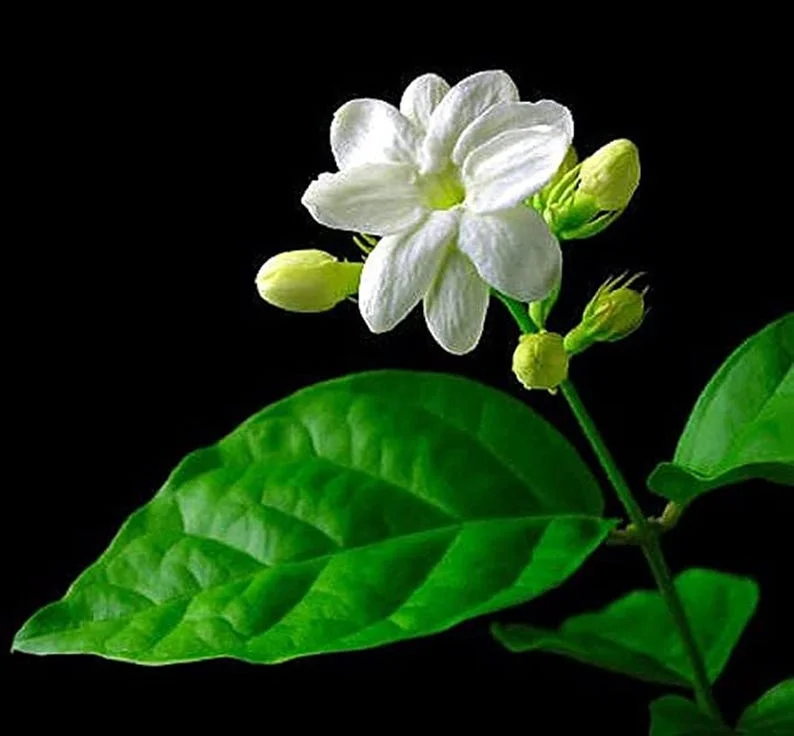
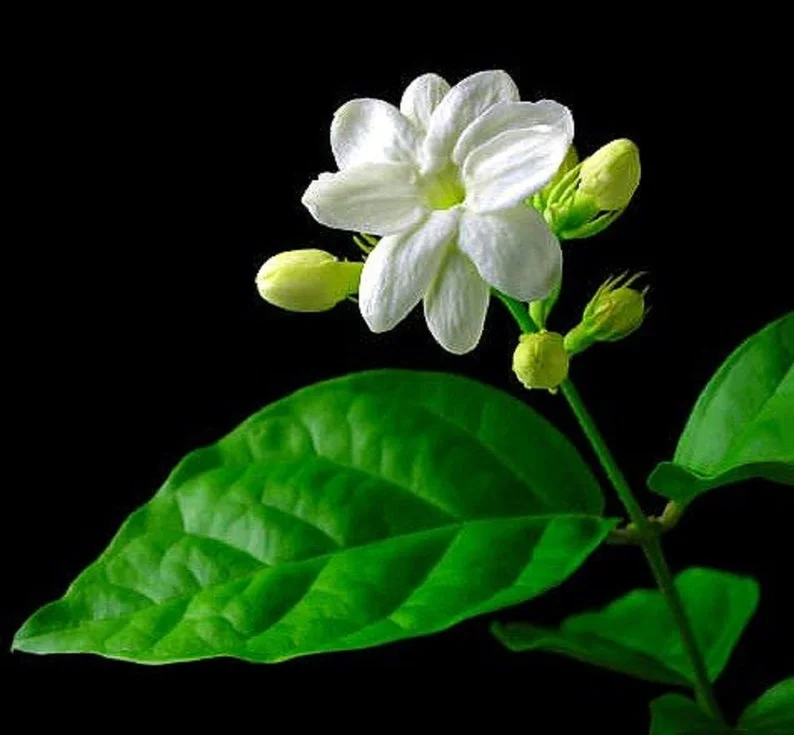
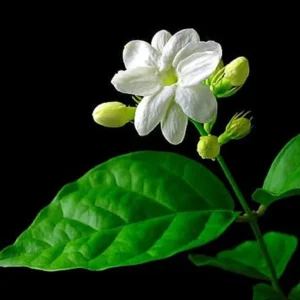
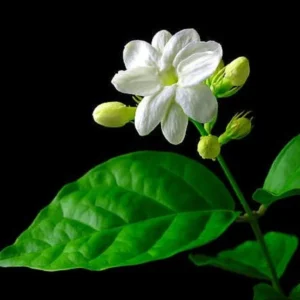

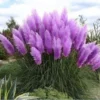
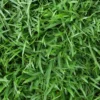

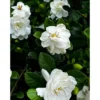
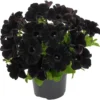
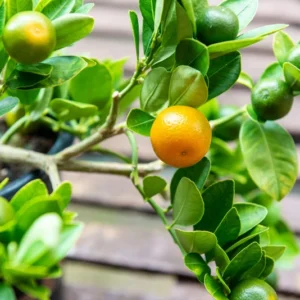
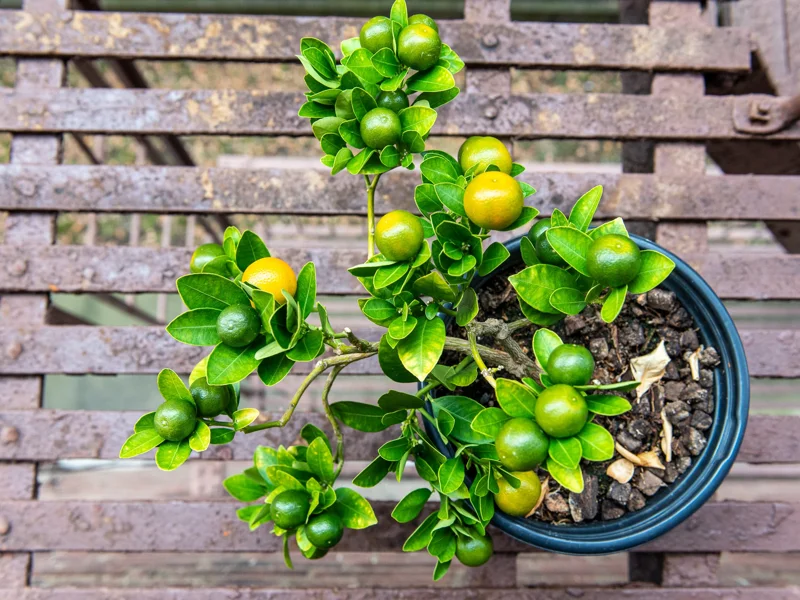
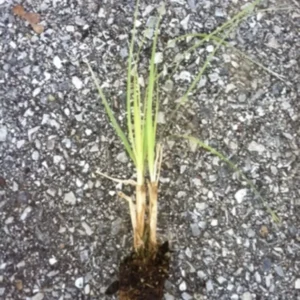
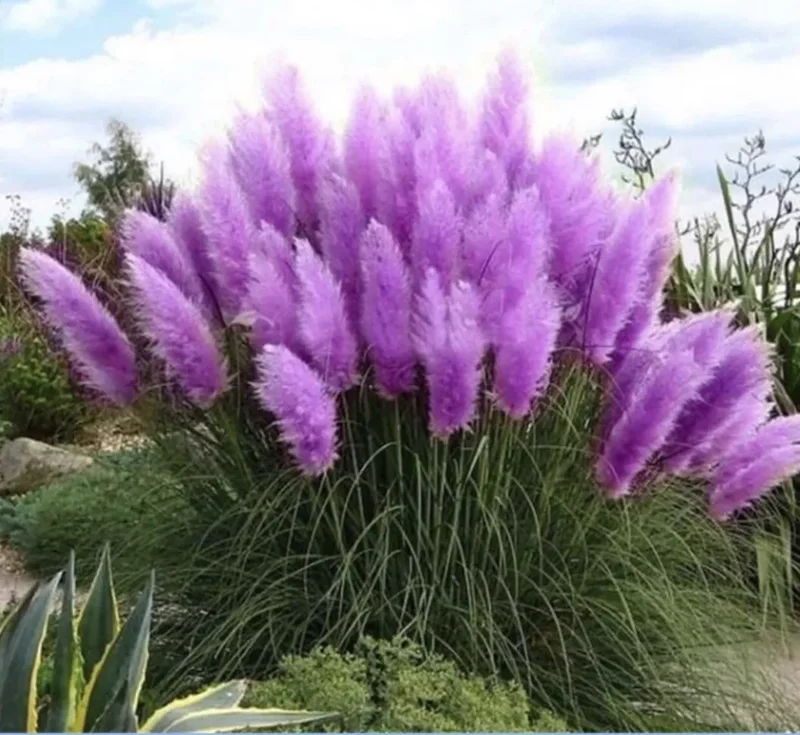
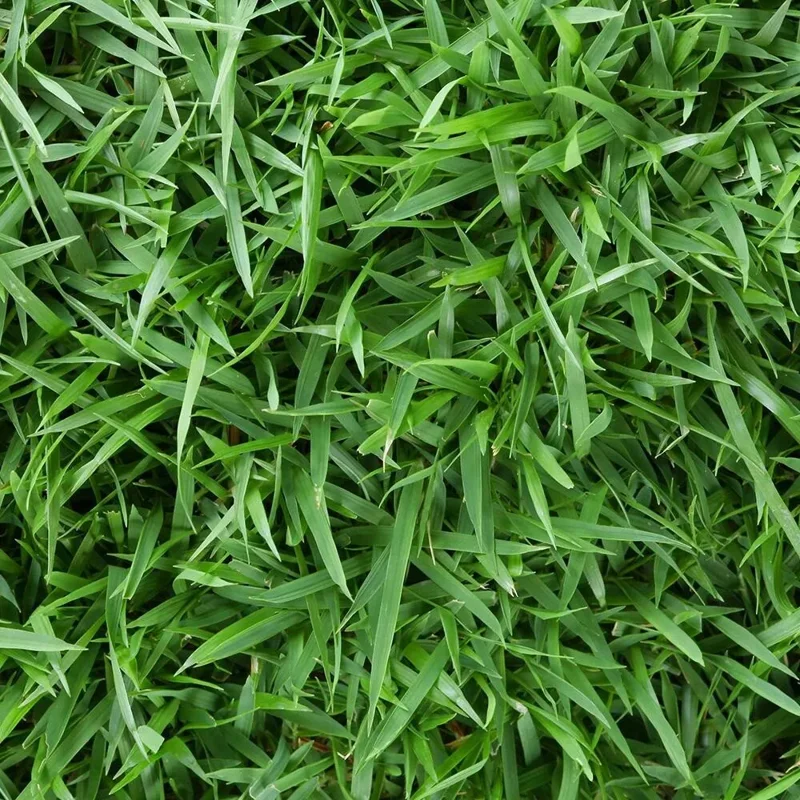
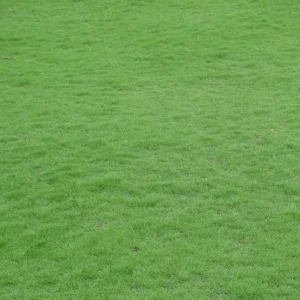
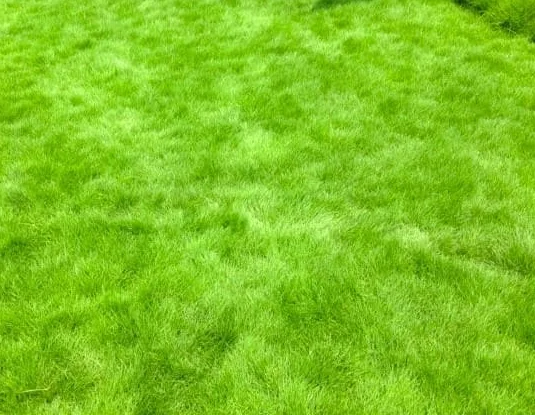

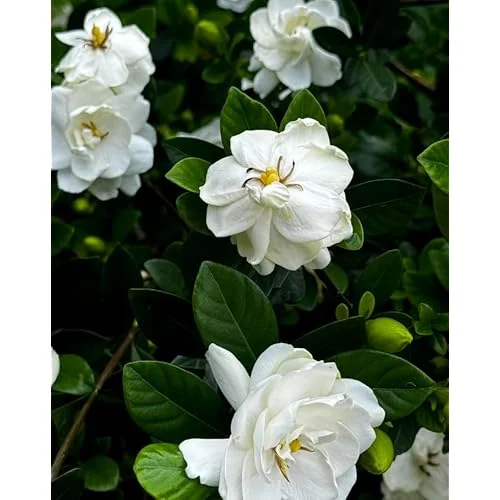
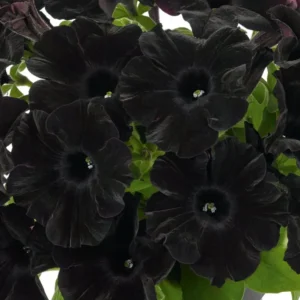
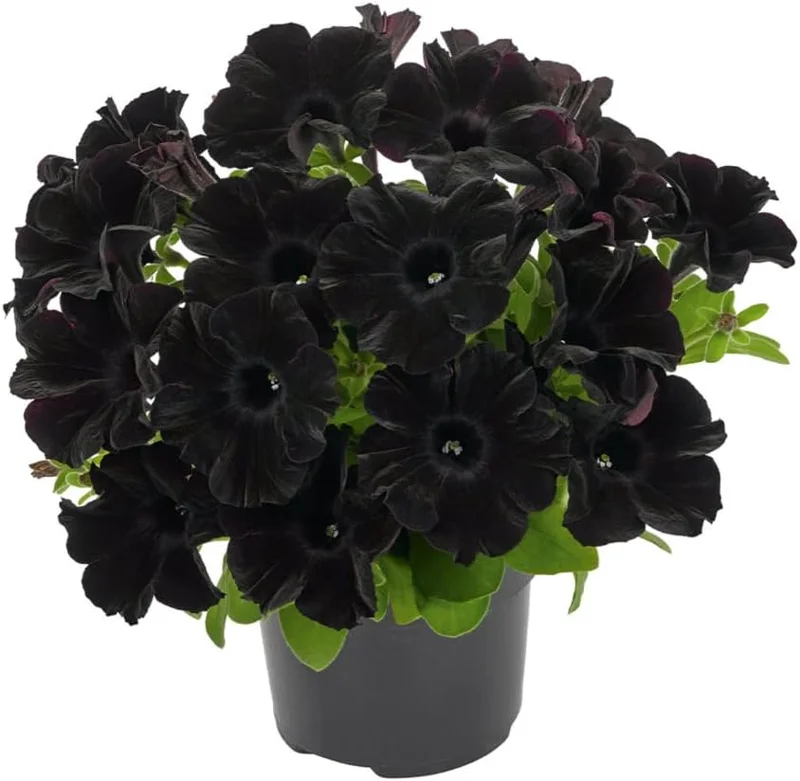
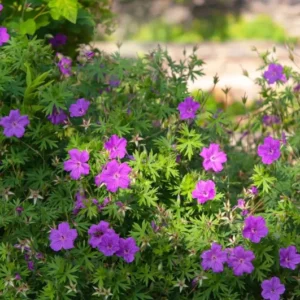
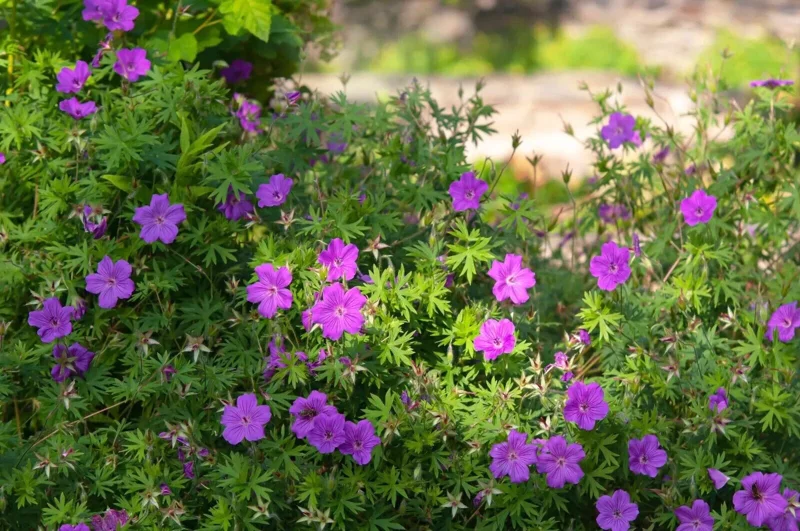
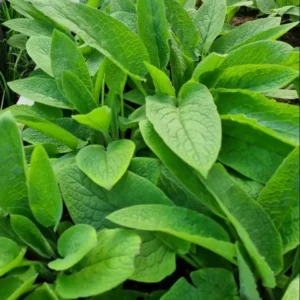
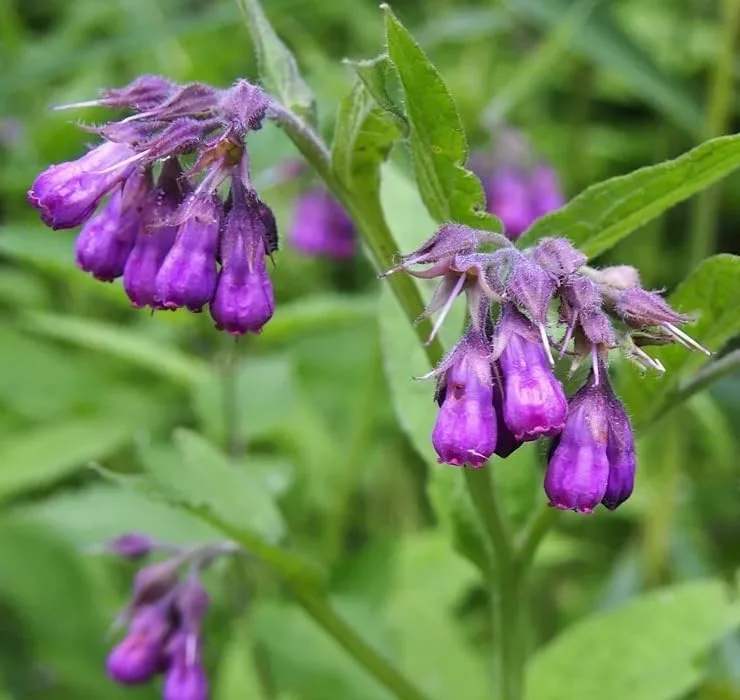
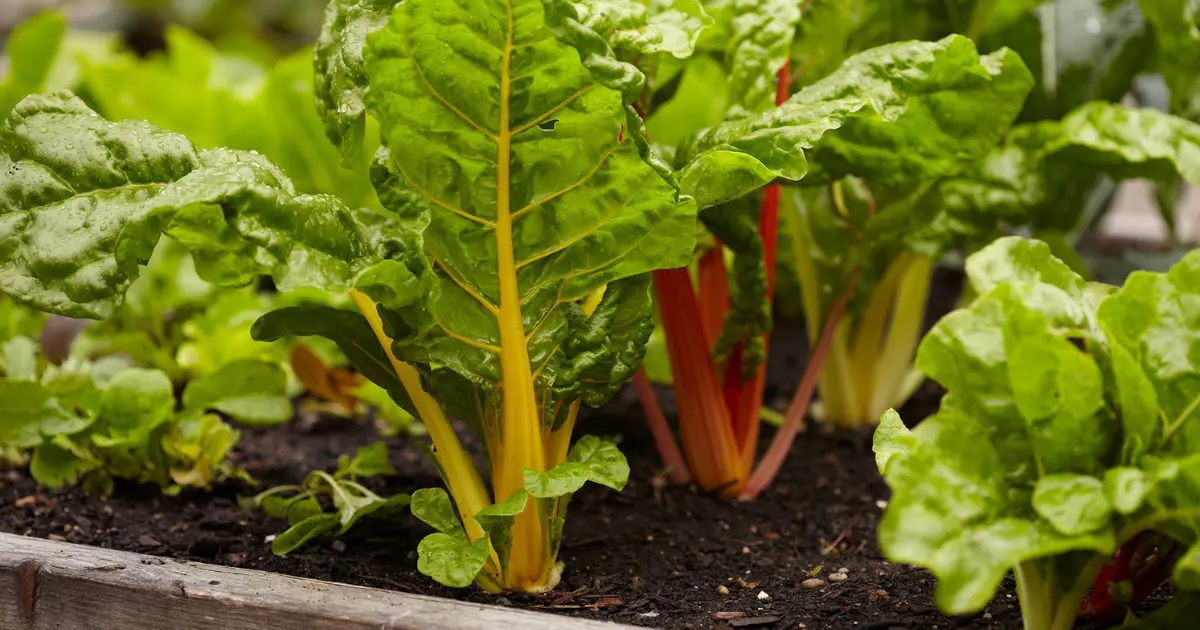
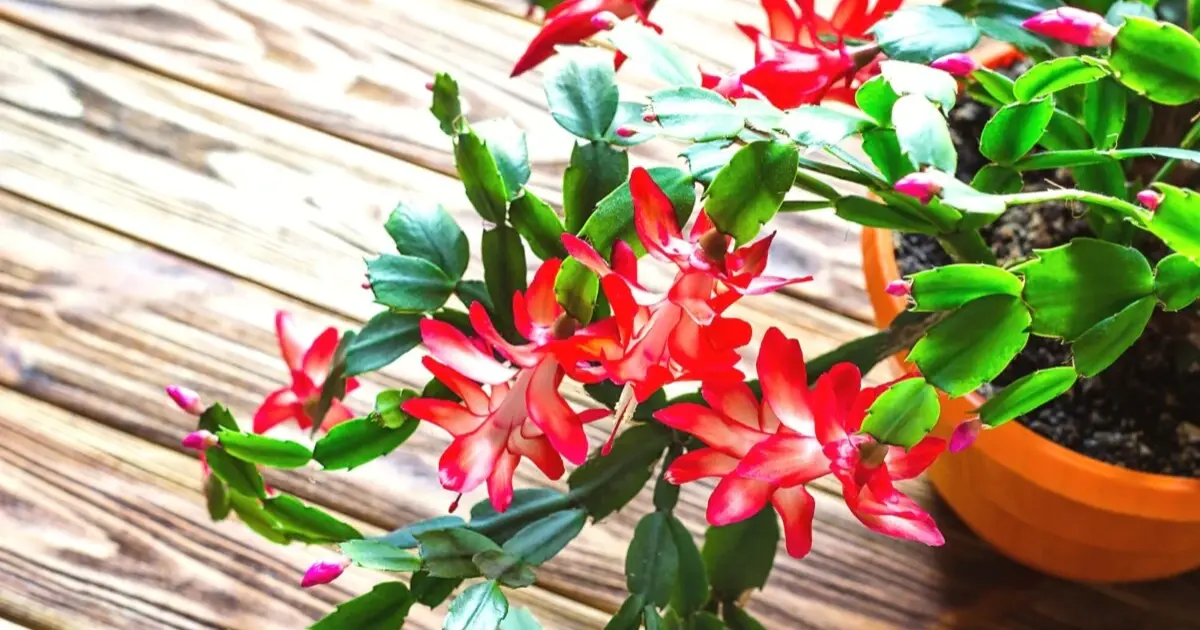
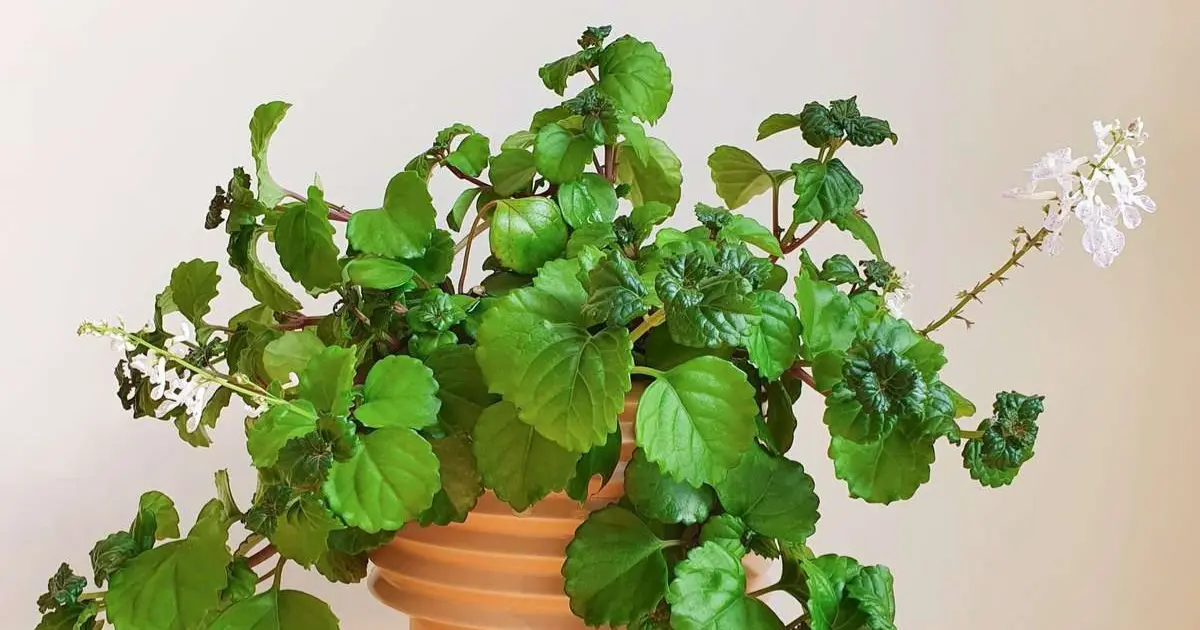
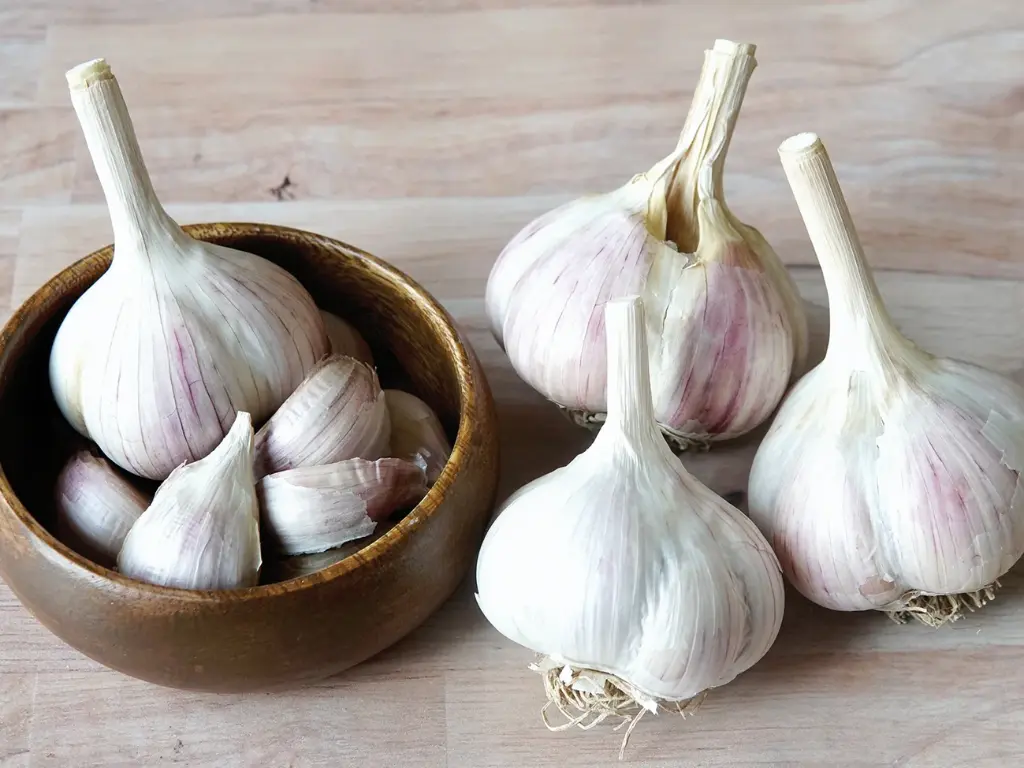
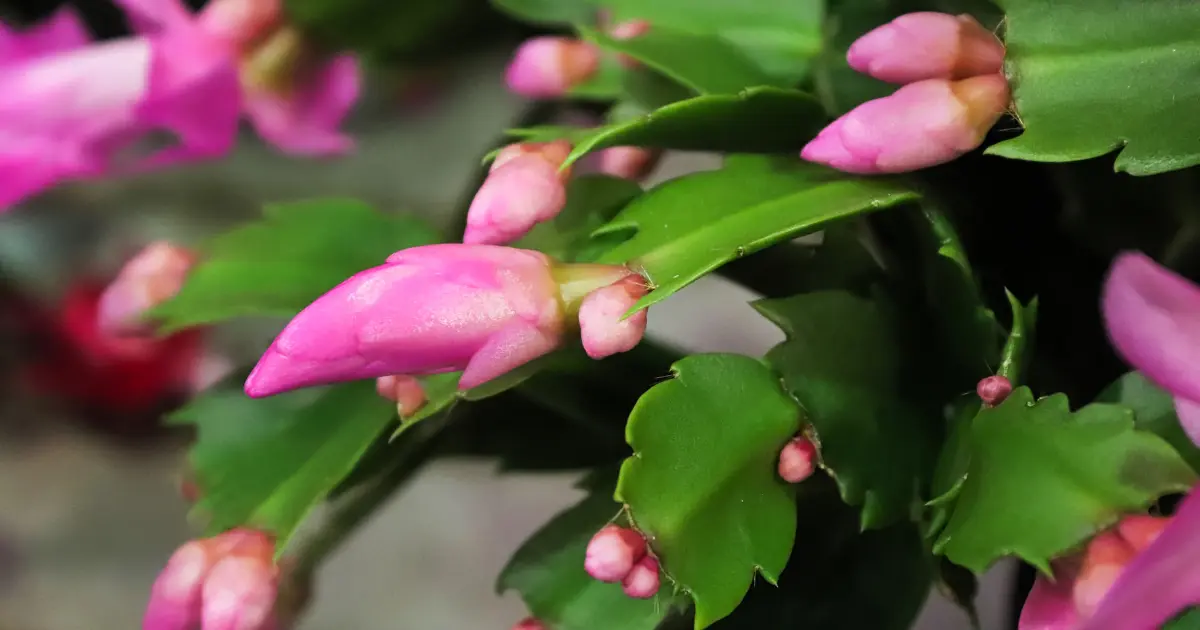

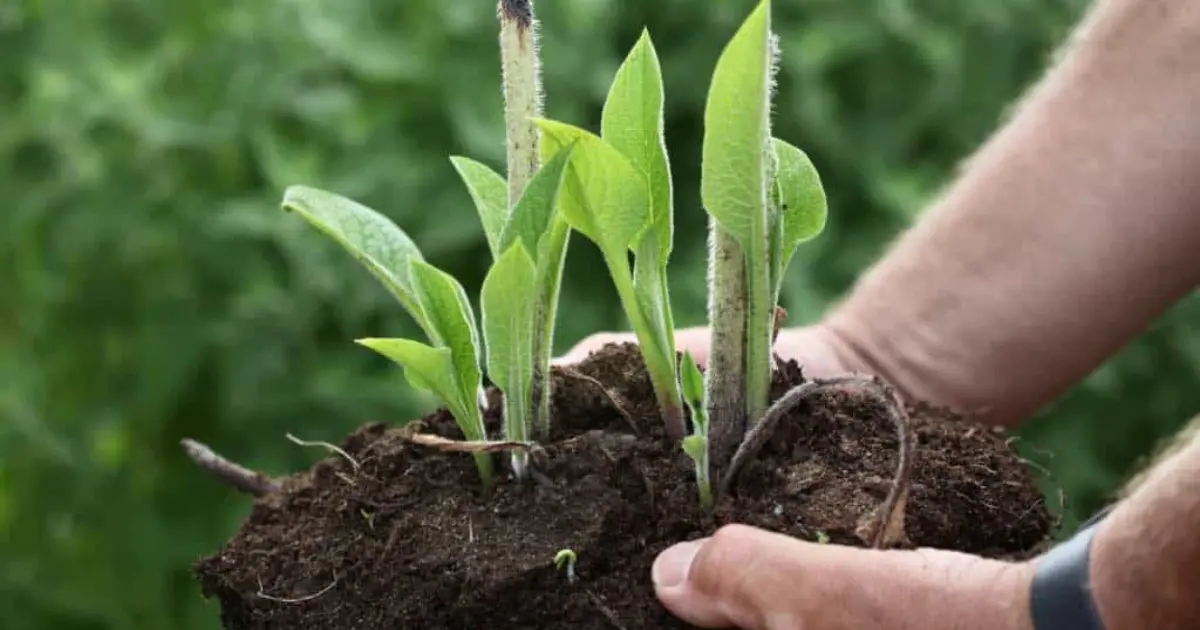
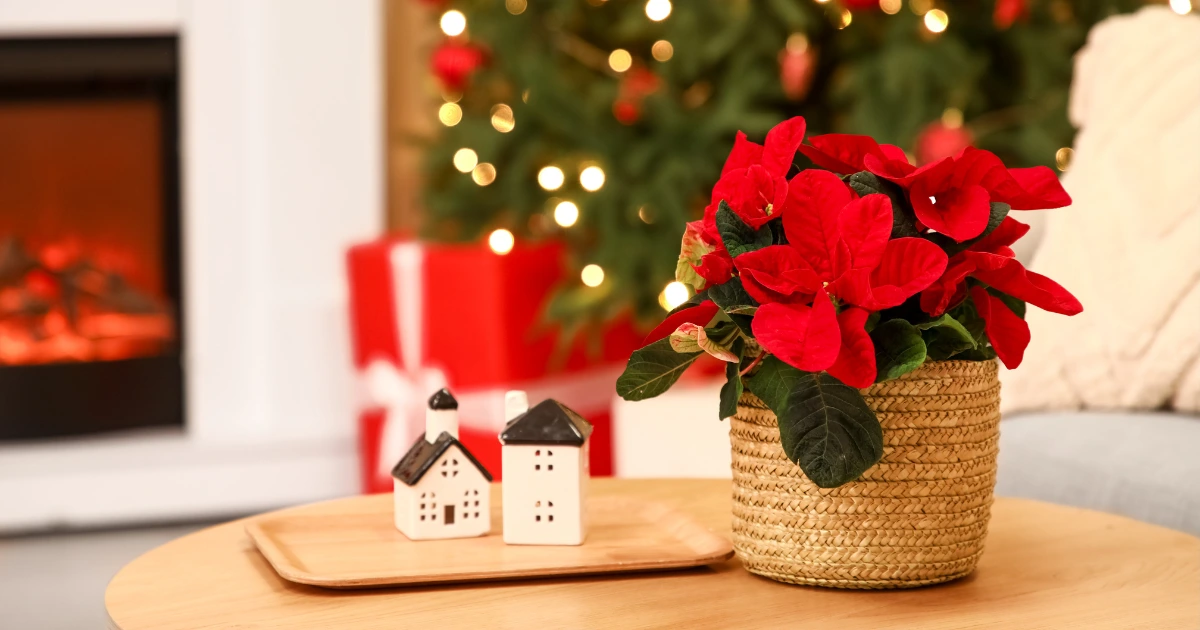
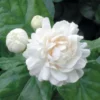
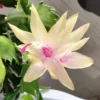
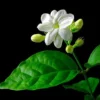
Reviews
There are no reviews yet.